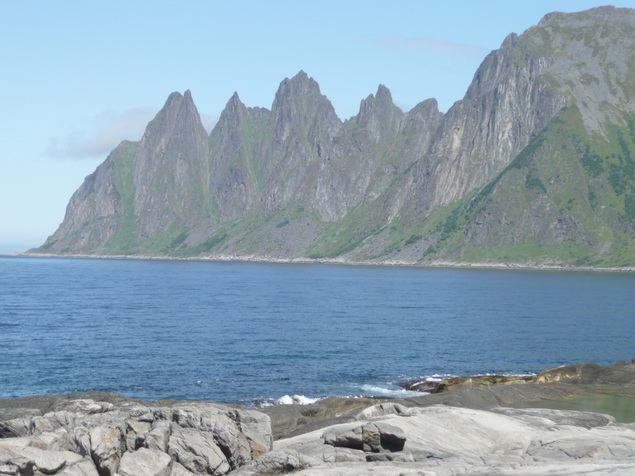Cultures - Spatial starting point
If you wish to approach the idea of culture from a spatial starting point, you will of course find vast areas of interest. Pre-historic cultures linked to the beginnings of man in Africa, and human migrations from Africa to the other continents on Earth, are increasingly documented through scientific progress. Evolution of human settlements through development of agriculture leading to the formation of great civilizations can be observed through the great early history of Egypt and Mesopotamia. Evolution of great civilizations into vast empires can be studied through early history of China, Greece, Persia and Ancient Rome. China and India represent vast areas with cultures of their own. The Amerindian (North-, Meso-, and South-American) cultures, developing from human migration over the Bering Strait from Asia and southwards on the American continent, is yet another fascinating starting point with its own cultural identity. Europe's history likewise offers multitudes of cultural specificities, with the Medieval and Renaissance periods as great examples. Later on in history, as the industrial and post-industrial developments have taken place in Europe and the United States of America, the notion of Western culture (Industrial and Post‐industrial) has evolved. Modern Asia offers great cultural variety, deriving from the rich variety in local historic starting points. Migration and cultural exchange has been accompanying the evolving local cultural developments in all these areas. Sometimes, migration has transformed societies radically, as can for instance be seen through the transformation of ancient Greek mythology after invasions of hunting tribes from the North-East into the archaic agricultural Greek society around 3 - 4000 years ago (see Campbell: "Heroes of the West" in "The Masks of God") .
A spatial starting point implies choosing any given time in history (including, if you wish, the present) and comparing cultures as they appeared (or appear, if you choose to look at the present time) in different parts of the world. The menu to choose from is vast, as you can see from the overview of ancient cultures given in the cover page of this part of my site. A few examples will illustrate this: Assyrians, Aztec, Maya, Celts, Etruscan, Classical Greek, Ancient Egypt, Ancient Rome, Minoan, Phoenicians. Moving across the different parts of the world at a given time in history will highlight how climate, natural environment, natural resources, demography and other central factors influencing human life and culture, produce different ways of living. Differences in human temperament, the role of religion, human artistic expressions and appearances will also be seen clearly, and give us cause to reflect on how different living conditions and opportunities produce differences in local cultures.
